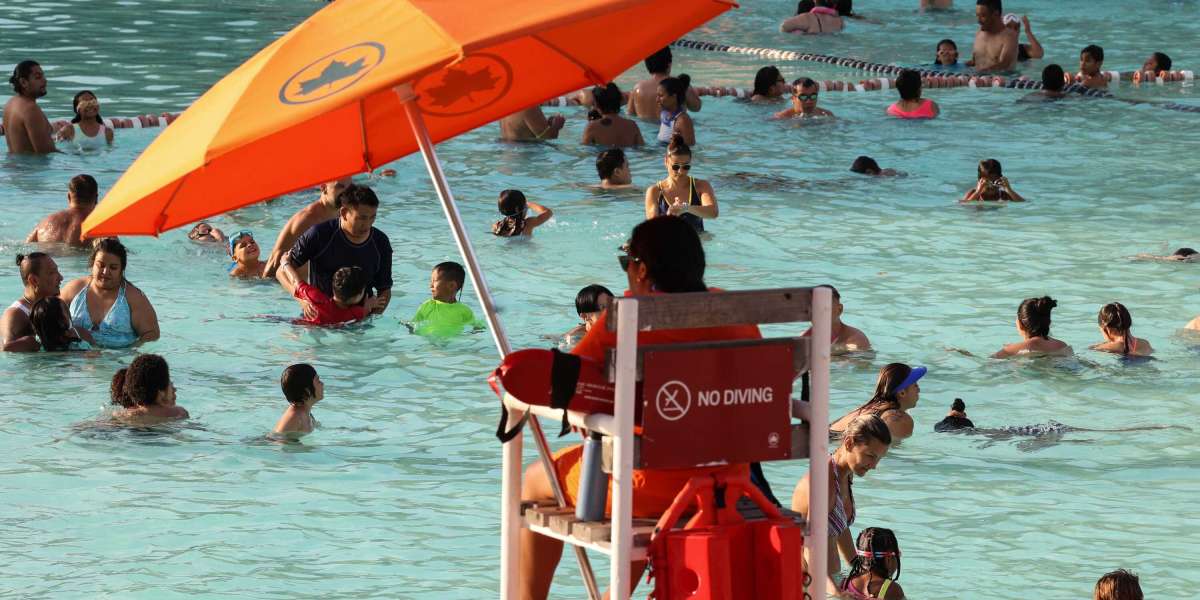Lifeguard training is an essential process that equips individuals with the skills and knowledge necessary to prevent and respond to emergencies in aquatic environments. Whether at pools, beaches, or water parks, lifeguard training play a critical role in ensuring the safety of swimmers and patrons. Organizations like the American Lifeguard Association provide comprehensive lifeguard training programs that cover a range of essential skills. Here’s a detailed look at what lifeguard training entails and its importance.
1. Lifesaving Skills and Techniques
The primary focus of lifeguard training is to teach participants lifesaving skills and techniques. This includes:
- Water Rescue Techniques: Lifeguards learn various rescue techniques to handle different scenarios, such as active drowning, passive drowning, and spinal injuries. These techniques ensure that rescues are performed safely and effectively.
- CPR and First Aid: Lifeguards are trained in cardiopulmonary resuscitation (CPR) and first aid to provide immediate care to individuals experiencing medical emergencies. These skills are crucial for stabilizing victims until professional medical help arrives.
- Use of Rescue Equipment: Training includes the proper use of rescue equipment such as rescue tubes, backboards, and automated external defibrillators (AEDs). Proficiency with this equipment is vital for successful rescues and emergency response.
2. Preventive Lifeguarding
A significant aspect of lifeguard training is preventive lifeguarding. This involves:
- Surveillance Skills: Lifeguards must constantly monitor swimmers and the surrounding environment to detect potential hazards and prevent accidents. Training hones their ability to stay vigilant and identify signs of distress.
- Enforcing Safety Rules: Lifeguards are responsible for enforcing safety rules and regulations to prevent risky behaviors that could lead to accidents. This includes managing crowd control and ensuring compliance with facility guidelines.
- Public Education: Lifeguards also play an educational role, informing patrons about water safety practices and encouraging safe behaviors in and around the water.
3. Physical and Mental Preparedness
Lifeguard training is physically demanding and requires participants to meet specific fitness standards. The training includes:
- Swimming Proficiency: Lifeguards must demonstrate strong swimming skills and endurance. Training often involves timed swimming tests and exercises that simulate rescue scenarios.
- Physical Fitness: Lifeguard duties can be physically strenuous, requiring strength, agility, and stamina. Training includes exercises to build these attributes, ensuring lifeguards can perform rescues and handle emergencies effectively.
- Mental Resilience: Lifeguards must be able to stay calm and focused under pressure. Training prepares them to handle stressful situations, make quick decisions, and maintain composure during emergencies.
4. Certification and Employment
Upon successful completion of lifeguard training, participants receive certification, typically valid for two years. Certification is often a prerequisite for employment in various aquatic settings, including:
- Public and Private Pools: Lifeguards are essential for ensuring the safety of swimmers at community pools, fitness centers, and private clubs.
- Beaches and Water Parks: Lifeguards at beaches and water parks must be prepared to handle a wide range of emergencies, from rip currents to water slides.
- Summer Camps and Resorts: These venues often require lifeguards to supervise swimming activities and ensure a safe environment for campers and guests.
5. Continuing Education and Recertification
Lifeguard training doesn’t end with initial certification. Lifeguards must participate in continuing education and recertification courses to keep their skills current and up to date with the latest safety protocols. This ongoing training ensures that lifeguards remain proficient and ready to respond to emergencies effectively.
Conclusion
Lifeguard training is a comprehensive and rigorous process that prepares individuals to safeguard the lives of swimmers and patrons in aquatic environments. By mastering lifesaving skills, practicing preventive lifeguarding, and maintaining physical and mental readiness, lifeguards play an indispensable role in promoting water safety. Certification opens up numerous employment opportunities, and continuous education ensures that lifeguards remain effective in their critical duties. For anyone passionate about safety and water activities, lifeguard training is an invaluable investment in personal and community well-being.






